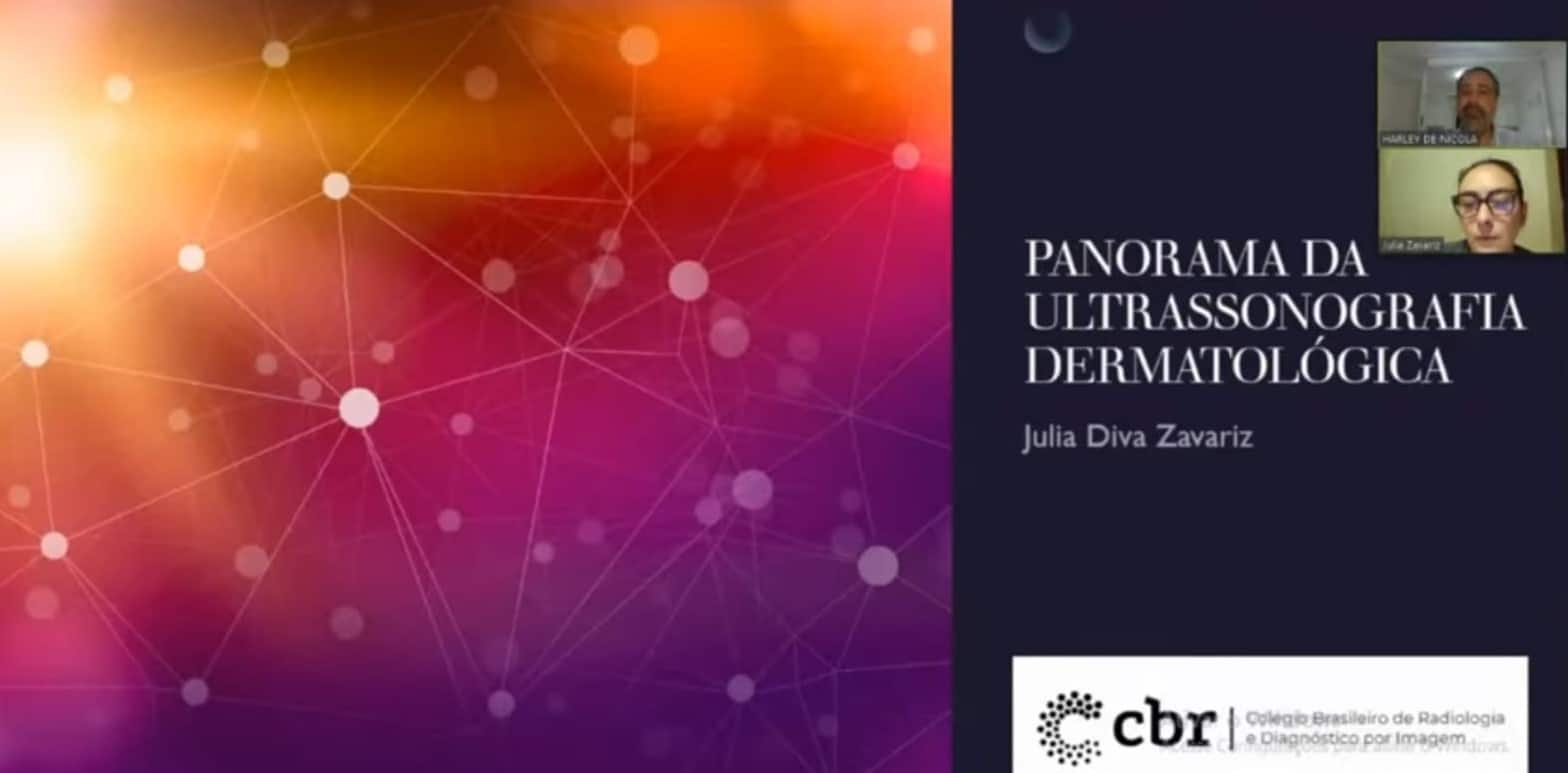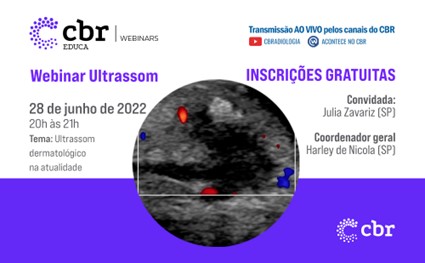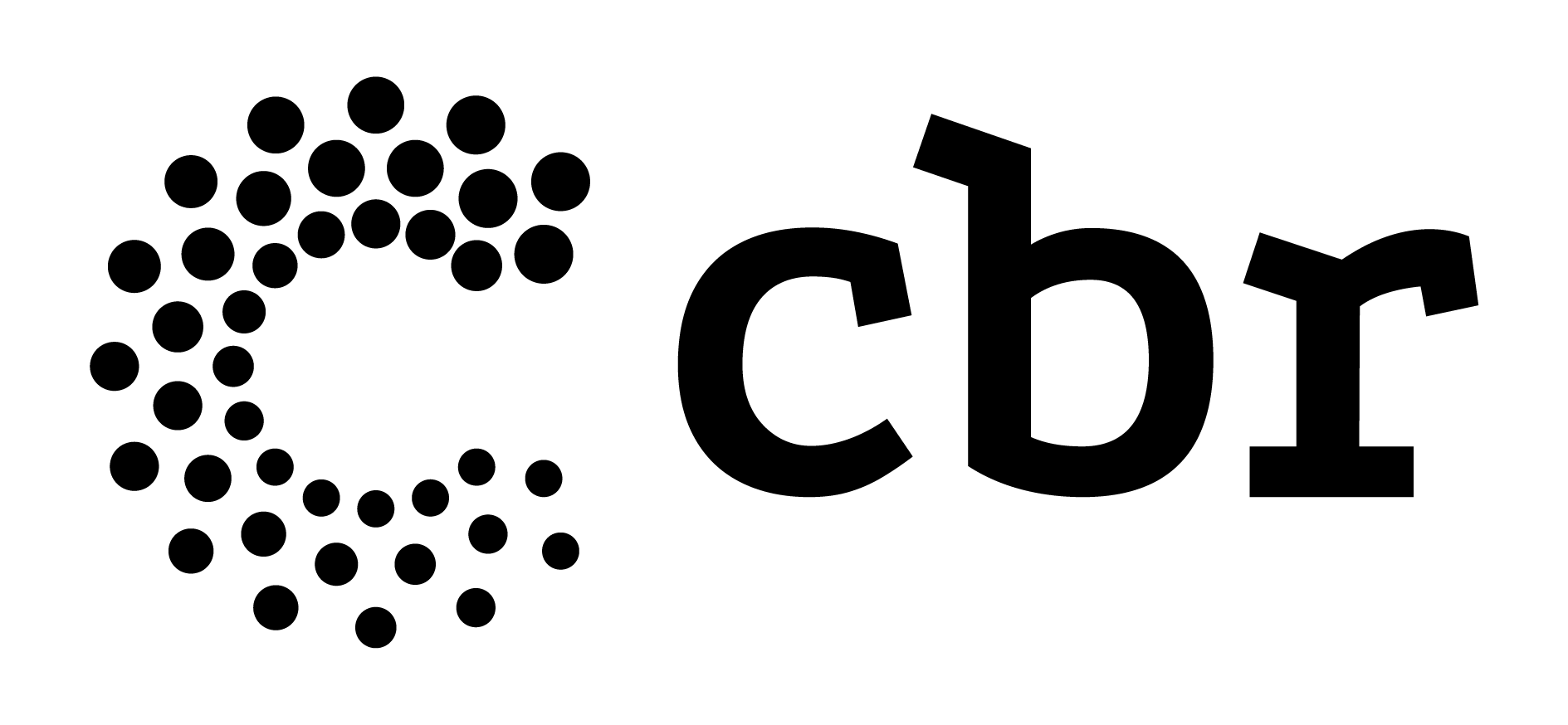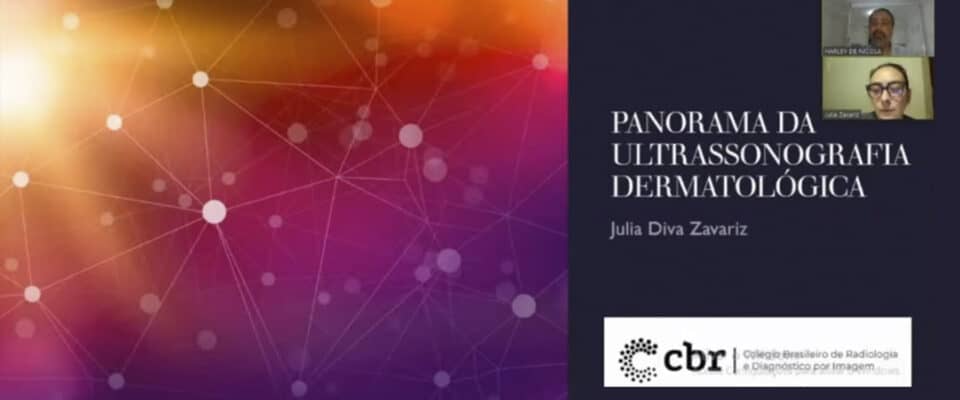Dermatological Ultrasound Today: this was the theme of the June Ultrasound Webinar promoted by the Brazilian College of Radiology and Image Diagnostics (CBR). Julia Zavariz, a radiologist specializing in ultrasound, professor and researcher, presented an overview of the area, in conversation with Harley de Nicola, coordinator of the National Commission on Ultrasound at CBR. Held on Tuesday (28/06), the webinar is available on Workplace and the Colégio's official Youtube channel (watch in full below).
Julia Zavariz defined dermatological ultrasound as “a new subject, very much in vogue and with a lot of ground to cover”. “We are still in the growth of this 'wave'. So if you're wondering if it's a good time [to specialize in the field], surely the time is now. This is the time when we are deciding this as a specialty, the issue of remuneration. Apart from starting to make a name while acquiring knowledge and growing, starting to become a reference. I've seen many students become references. So, for anyone thinking of specializing, my advice is to do it now”, he evaluated.

The expert stated that the growth in the area stems from the sharp technological advances in recent years. “The technology has brought about a great improvement in image processors and the development of probes that reach higher frequencies. Today, in the universe of dermatological research, we talk about 70 MHz. It is still a distant reality, but, in Brazil, we have people today who carry devices with a 33 MHz probe and carry out very interesting studies”, he said.
“For you to be complete with dermatological ultrasound, the ideal is to have a probe of 24 MHz, 22 MHz, and the others as well, because it is natural in this type of examination that we change probes a lot throughout the execution. So, having 18 MHz, 15 MHz… And, if possible, also different formats, at least one, ideally 18 MHz, for areas with irregular surfaces”, continued Julia Zavariz. “For the professional, in this context, it is necessary to understand the need to update, which implies time, investment and interest in learning.”
As a relatively new segment, dermatological ultrasound faces challenges related to factors such as costs and charging health operators and patients, also addressed in the webinar.
Incorrect exam request is a common problem in dermatological ultrasound
Another common difficulty in dermatological ultrasound is the incorrect request for the examination by physicians in other specialties. "It's a problem. Often [the exam request] arrives without discriminating all this diversity of pathologies. And then, there is no way to direct very well to who is going to take this exam. It is a matter of many nuances”, said Julia Zavariz. The specialist stated that “soft tissue ultrasound”, as the request is commonly made, “is a very generic term, it does not even exist in the TUSS Table (Unified Terminology of Supplementary Health)”.
Harley de Nicola highlighted: “This is an important issue. Whenever a newer method appears, a newer exam, this happens”. He cited examples: “There was the issue of color Doppler, black and white Doppler… More recently, the mapping for endometriosis, there were people who only asked for transvaginal and nothing else. And now I think it's happening with dermatology ultrasound as well."
The coordinator of the National Commission on Ultrasound at CBR also observed that “perhaps there is a complication of dermatological ultrasound because you have the pathologies themselves and you have the aesthetic procedures. Those are two things that applicants need to be taught.”
Julia Zavariz stated that the rate of incorrect exam requests reaches “80%, 90%” and defined the search for awareness among colleagues in other specialties as “little ant work”. “When possible, I ask to [the patient] get in touch with the doctor and change, explain that you need to change in order to plan the appointment properly. For you to decide which machine to allocate, which doctor to allocate, in the appointment, you need to discern whether it is a simpler exam or not”, he declared. “Since I know that this is not always feasible, I do the exam like soft parts and, normally, I do the report and put a note below: 'dear colleague, in order to properly schedule your order, in future exams, ask for it... and I'll tell you what correct term.”
CBR Ultrasound Webinar
Always with the aim of stimulating learning, CBR promotes the Ultrasound Webinar once a month. Those who follow live can send questions and interact with participants. Videos are available on Workplace and on official channel of CBR on Youtube. Watch the webinar on Dermatologic Ultrasound in the video below:

Read too: SIGs stimulate the exchange of experiences, debates and rapprochement between fellow radiologists




